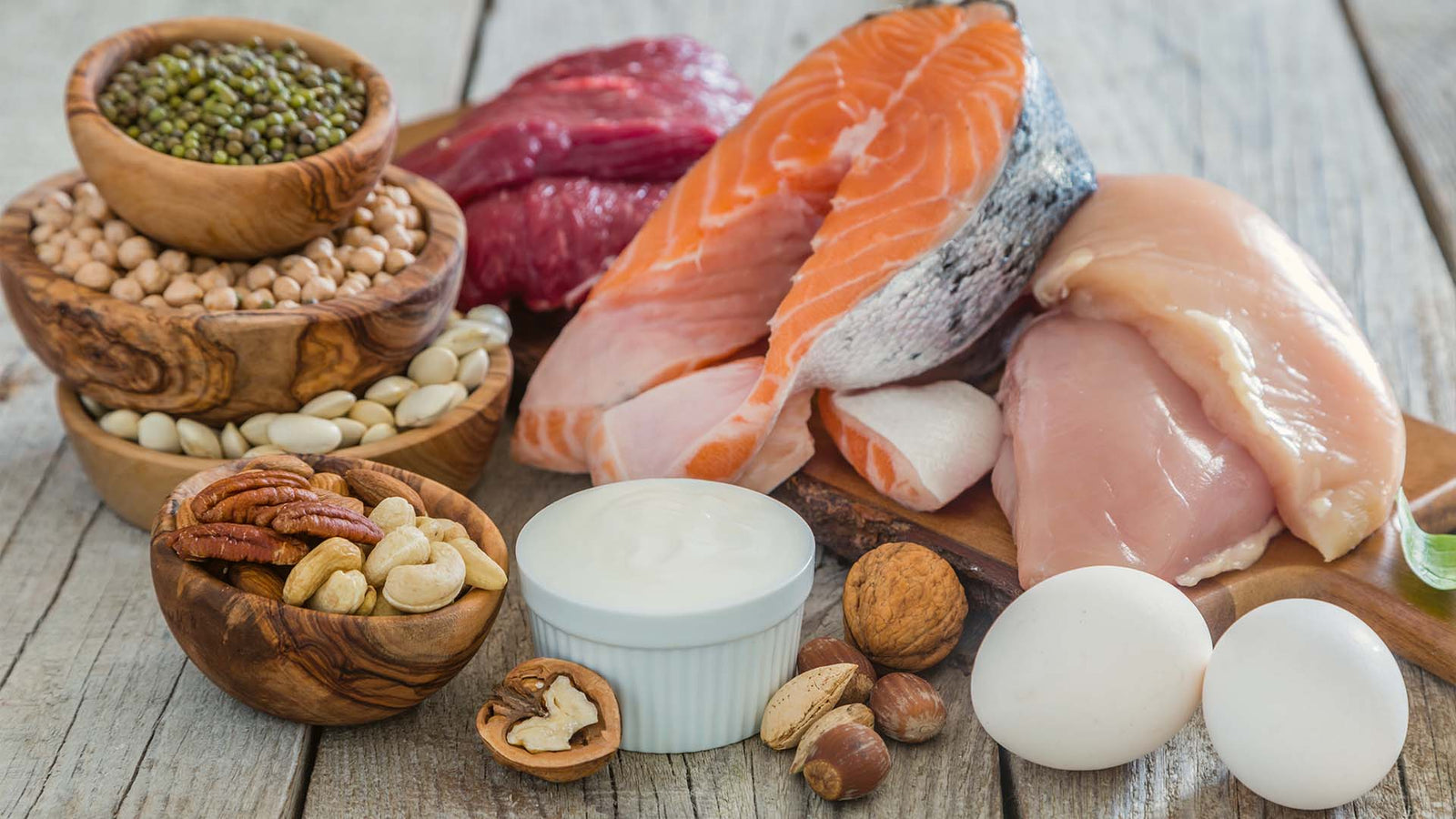“Macronutrients” is the technical term for the different classes of nutrients. There are three distinct classes of macronutrients which essentially group everything we eat and drink according to their composition and function.
Each nutrient (what many personal trainers refer to as a ‘macro’) has a certain role to play in your health and a specific quantity of energy it brings to your body in terms of calories.
The three macronutrients are carbohydrates, protein, and fats.
Protein
Protein is the essence of life. It’s what builds your muscles, keeps your brain functioning, and is responsible for the function of many of your body parts. Protein comes from a pool of amino acids, usually referred to as “the building blocks of life.” The most common scientific mindset suggests there are 22 amino acids. Protein is what makes you who you are.
The average individual has a basic requirement of protein for the purpose of healthy organ and muscle function. Those who train, and especially those at a competitive athletic level, require more than this minimum. The timing of protein consumption is often an important consideration for athletic people, particularly after training when their muscle fibres are broken down and need re-building in order to grow.
If eating nutritiously is a priority to you, then it’s also important for you to realize that foods which comprise a lot of protein can also possess a lot of unwanted fat. For example, hamburgers and steaks can have (depending on portion size) anywhere from 25 to 60 grams of protein, but they may also come with the same volume of fat. Depending on your goals and personal requirements, it may be best to consume leaner protein sources and/or meal replacement supplements.
Common Examples of Protein:
Protein Sources: Salmon, Tuna, Steak, Beef, Chicken, Pork, Turkey, Bison, Eggs
Calories per Gram: 4
Recommended Daily Allowance: It varies per person depending on a number of factors, including height, weight, age, and activity level.
Recommended Proportion of Daily Diet: 25 – 30%
Ideal nutrition is something we all should strive for, but that doesn’t necessarily mean consuming fewer calories. In order to improve your training, feel better, and look your best, its vital to meet your body’s caloric requirements and fill your diet with micronutrient-rich foods and a mix of all three macronutrients.

